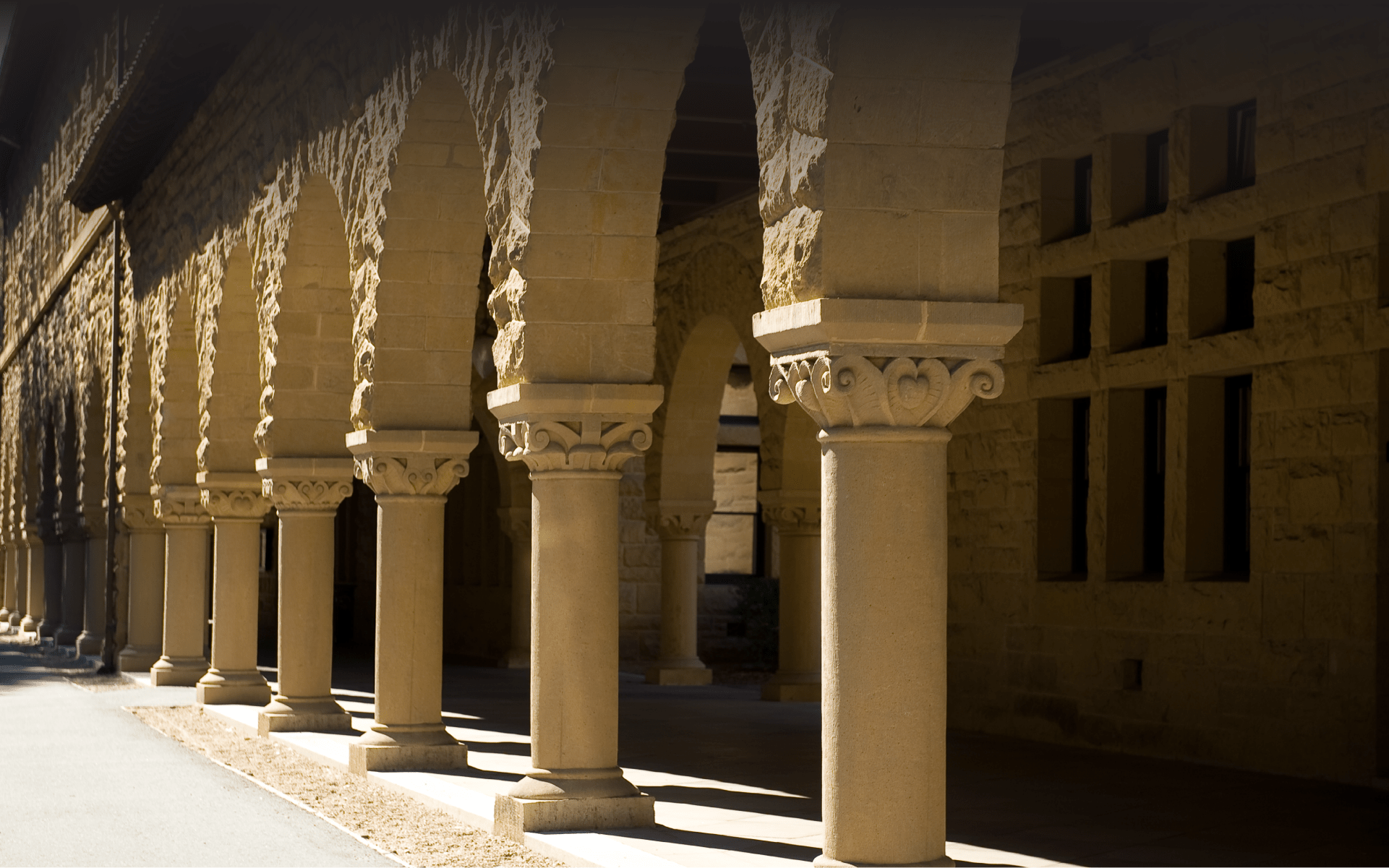FLM 113 — Great American Crime Films: From Scarface (1932) to Reservoir Dogs (1992)
Spring
Tuesdays
6:30—9:00 pm
Date(s)
Mar 29—May 31
10 weeks
Drop By
Apr 11
2 Units
Fees
$405
Format
On-campus course
Open
The thrilling and dangerous backdrop of crime has
provided a vivid tableau for writers, directors, and
actors since the very beginning of cinema history. With
the advent of sound and other sophisticated production
techniques, a dynamic cinematic genre was formally
born, opening up exciting new possibilities for boldly
innovative filmmakers. This ten-week course will chart
the development of the American crime film from its
first heyday during the Great Depression, through the
tumult of World War II, and finally into the uncertainty
of a burgeoning Atomic Age and beyond.
Highlighting the visceral performances of iconic actors like James Cagney, Humphrey Bogart, Edward G. Robinson, Robert Mitchum, Christopher Walken, and Harvey Keitel—as well as the work of such influential directors as Howard Hawks, Raoul Walsh, Abel Ferrara, the Coen Brothers, and Quentin Tarantino— this course, through the viewing and discussion of ten key American crime films made between 1932 and 1992, will provide a comprehensively thorough look at one of the American cinema’s most enduring genres while helping to illuminate the reasons why we continue to be drawn to the utterly amoral and psychologically aberrant behavior gleefully on display in these films. The lineup of films tentatively includes Scarface (1932), Bonnie and Clyde (1967), Miller’s Crossing (1990), and Reservoir Dogs (1992).
Highlighting the visceral performances of iconic actors like James Cagney, Humphrey Bogart, Edward G. Robinson, Robert Mitchum, Christopher Walken, and Harvey Keitel—as well as the work of such influential directors as Howard Hawks, Raoul Walsh, Abel Ferrara, the Coen Brothers, and Quentin Tarantino— this course, through the viewing and discussion of ten key American crime films made between 1932 and 1992, will provide a comprehensively thorough look at one of the American cinema’s most enduring genres while helping to illuminate the reasons why we continue to be drawn to the utterly amoral and psychologically aberrant behavior gleefully on display in these films. The lineup of films tentatively includes Scarface (1932), Bonnie and Clyde (1967), Miller’s Crossing (1990), and Reservoir Dogs (1992).
Elliot Lavine, Film Programmer
Elliot Lavine has been programming films in the Bay Area since 1990, including his annual film noir festival, “I Wake Up Dreaming.” In 2010, he received the Marlon Riggs Award from the San Francisco Film Critics Circle for his revival of rare archival titles and his role in the renewed popularity of film noir.Textbooks for this course:
No required textbooks
